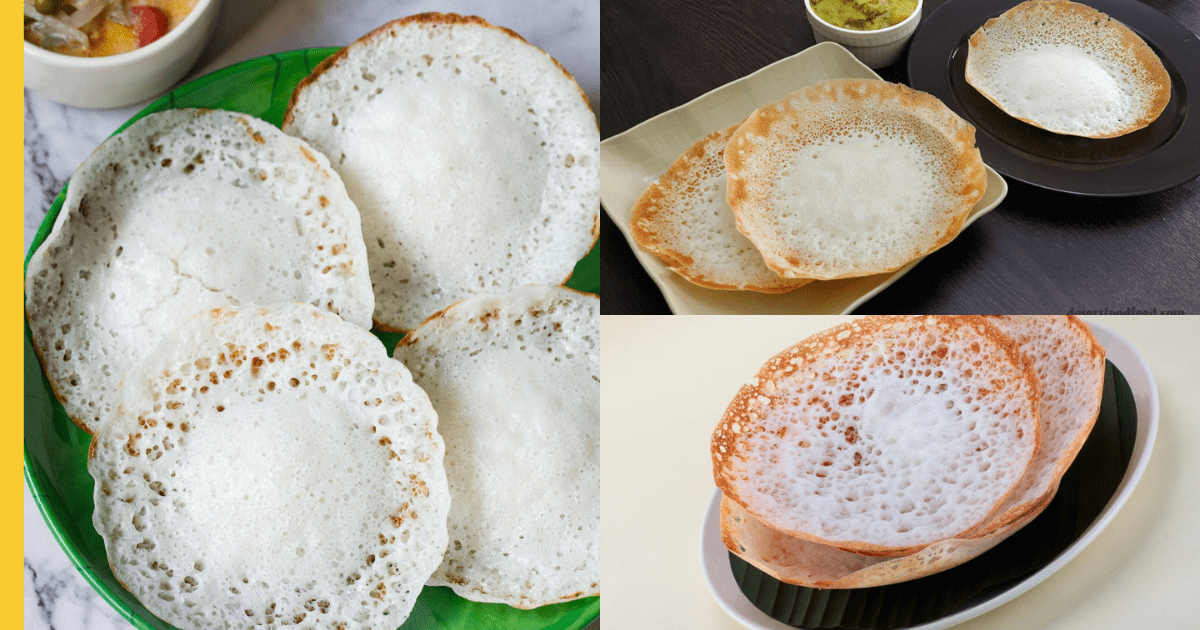Palappam, often referred to as “lace hoppers” or “appam”, is a type of pancake made from fermented rice batter and coconut milk. Originating from the Indian subcontinent, this dish has found its way into the hearts and kitchens of Malaysians, becoming an integral part of their diverse culinary landscape.

Historical Roots:
The history of palappam can be traced back to the Indian state of Kerala, where it is a staple breakfast item. With the migration of South Indians to Malaysia, they brought along their rich culinary traditions, including the art of making palappam. Over time, this dish was embraced and adapted by the local Malaysian communities, leading to its widespread popularity.

Cultural Significance:
In Malaysia, palappam is not just a dish; it’s a cultural experience. It is often served during special occasions, gatherings, and religious ceremonies. The soft, fluffy centre and the crispy, lace-like edges of the palappam make it a favourite among both adults and children. Its neutral taste makes it a versatile accompaniment, often paired with spicy curries or sweetened with jaggery and coconut.
Preparation and Ingredients:
While the exact recipe for palappam varies from one household to another, the basic ingredients remain the same: rice, coconut milk, and a fermenting agent like yeast or toddy. The batter is left to ferment overnight, giving palappam its characteristic sour taste. The next morning, it’s poured onto a hot griddle, where it spreads out, forming its unique lace pattern.

Conclusion:
Palappam is a testament to Malaysia’s rich culinary heritage, a blend of indigenous flavours and foreign influences. As you bite into its soft centre and crispy edges, you’re not just tasting a pancake; you’re experiencing a piece of Malaysia’s history and culture.
Article curated by Suwaytha Gopal




